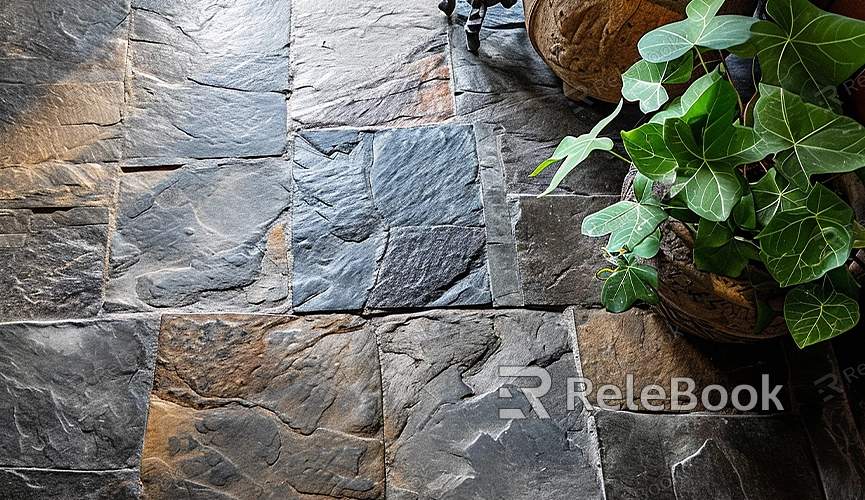Using Seamless Floor Tile Texture in 3ds Max
Utilizing seamless floor tile texture in 3ds Max can enhance the rendering of your 3D scenes. This seamless 3D texture adds a natural and textured appearance to the rendering of 3D models and virtual scenes. Let's explore the application of seamless floor tile texture in 3ds Max.

1. Importing the Texture:
Open your project in 3ds Max and import the floor tile texture. Ensure that the selected texture is seamless to avoid noticeable seams when tiling.
2. Creating the Floor:
Generate a plane object as the base for the floor. Apply the imported texture to this plane.
3. Adjusting Scale:
Adjust the scale of the floor according to your scene's requirements. 3ds Max provides simple and intuitive scale adjustment tools.
4. Texture Mapping Adjustment:
In the material settings, adjust the mapping of the texture to ensure it seamlessly tiles across the floor.
5. Adding Details:
Utilize 3ds Max's sculpting and modeling tools to add details to the floor, such as bumps, roughness effects, etc.
Common Applications of Using Seamless Floor Tile Texture in 3ds Max:
1. Interior Design Scenes:
In an interior design setting, use seamless floor tile texture to create a harmonious overall floor effect, adding comfort to indoor spaces.
2. Urban Style Scenes:
In urban-style architectural scenes, apply this technique to create a unified ground for streets and squares, establishing a modern and tidy atmosphere.
3. Castle Interior:
In scenes set inside a castle, use floor tile texture to evoke an ancient and elegant ambiance, adding a sense of history to the overall scene.
4. Pool Edges:
Apply seamless floor tile texture to swimming pool or water feature edges to create a fresh and clean effect, highlighting the clarity and transparency of the water.
5. Outdoor Open Market:
In outdoor market scenes, use this technique to add a unified texture to the ground, presenting the lively atmosphere unique to markets.
6. Technology Lab Flooring:
Apply seamless floor tile texture to the floor of a technology lab to emphasize modernity, giving the entire lab a sense of technology and professionalism.
7. Art Gallery Floor:
In an art gallery, use this technique to create delicate textures on the floor, making artworks stand out and integrate with the environment.
8. Outdoor Garden Path:
Apply seamless floor tile texture to paths in an outdoor garden to create a natural and smooth effect, making the entire garden pleasant and orderly.
By incorporating seamless floor tile texture in these scenes, not only can you achieve a more unified and aesthetically pleasing ground, but you can also impart each scene with a unique atmosphere and feel. If you need high-quality 3D textures and HDRI or 3D model downloads, you can find them on Relebook. Simply import the textures and 3D models into your project after downloading.

